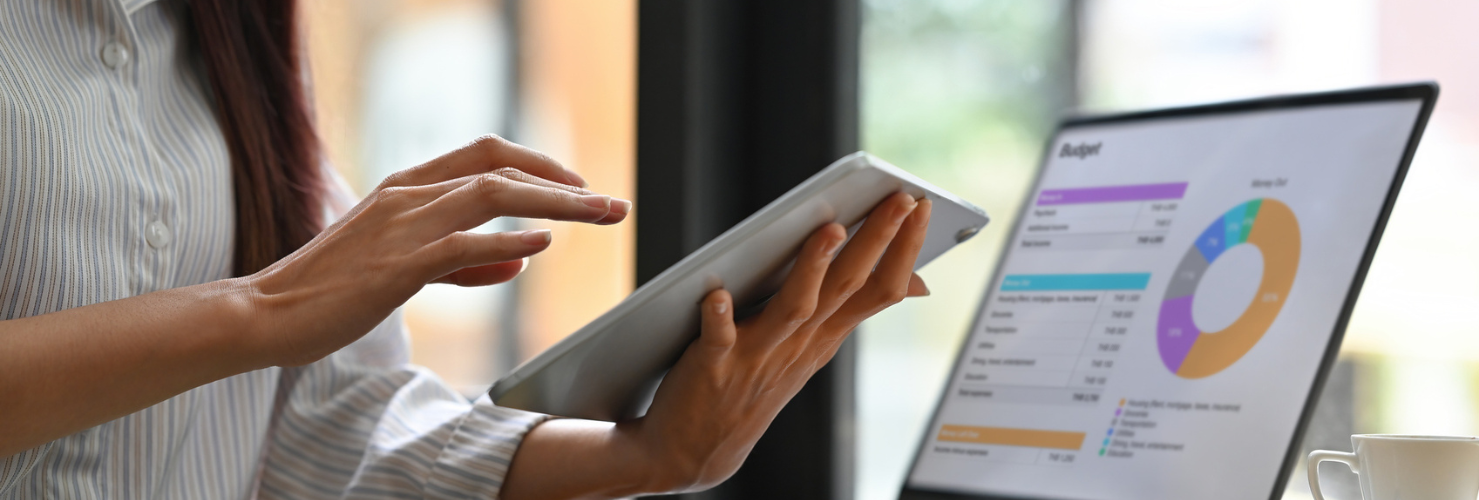Congratulations on running a successful webinar! The hard work and planning that went into organizing and hosting the event paid off, and your attendees were able to gain valuable insights and knowledge on the topic at hand. Now that the webinar is over, it’s important to take the next steps to ensure that the success of the event continues well after it is finished. In this post, we’ll go over some key actions you should take to make the most out of your completed webinar.
First and foremost, it’s important to follow up with attendees. Encourage them to reach out to you with any additional questions or feedback they may have. Not only will this help to solidify their understanding of the material covered during the webinar, but it will also give you an idea of what resonated with your audience and what areas they would like to learn more about. Here are even more ways you can effectively follow up with attendees and turn them into leads:
Send a thank-you email: Send a personalized email to all attendees, thanking them for their participation and reiterating the key takeaways from the webinar. This is a great way to start a conversation and open the door for further engagement.
Encourage feedback: Ask attendees for their feedback on the webinar, what they liked and what they would like to see improved in future webinars. This will not only show that you value their opinions, but it will also help you to plan more effective webinars in the future.
Send a survey: Send a survey to all attendees, asking them about their pain points, goals and interests. This will give you valuable insights into your target audience, and it can help you to create more targeted and effective marketing campaigns.
Lead scoring: Assign a score to each attendee based on their engagement and interest levels. Use this information to segment your audience and create targeted follow-up campaigns for each segment. For example, attendees who scored high on engagement and interest could be considered “hot leads” and receive more personalized follow-up messages. Lead scoring is a great way to segment your audience and create targeted follow-up campaigns that will be more effective in converting leads into customers.
Send personalized follow-up: Based on the lead scoring, send personalized follow-up messages to different segments of your audience. For example, you could send a case study to those who scored high on interest and a product demo to those who scored high on engagement.
Create a lead magnet: Offer a valuable resource, such as an e-book or a white paper, in exchange for contact information. This will help you to capture leads and nurture them into customers.
Next, take the time to collect and analyze data from the webinar. Look at attendance numbers, engagement metrics and survey responses to get a better understanding of what worked well and what could be improved. This information can then be used to plan future webinars and ensure that they are even more successful.
Another important step is to share the content from the webinar with those who were unable to attend. Send out the presentation, recordings and any other materials to anyone who expresses interest in the subject matter. This will not only help to grow your audience but also increase brand awareness.
Additionally, consider repurposing the content from the webinar into other formats. Repurposing webinar content is a great way to maximize the value of your event and reach a wider audience. Here are a few ways you can repurpose the content from your scientific webinar:
Blog posts: Break down the key takeaways from the webinar into a series of blog posts. This allows you to provide more in-depth information on specific topics, and it’s a great way to boost your website’s SEO.
Infographics: Use the information from the webinar to create visually appealing infographics. These can be shared on social media and embedded in blog posts, making it easy for people to understand and share the key points from the webinar.
Social media posts: Share snippets of the webinar on social media, along with relevant quotes and statistics. This will help to keep the conversation going and attract new attendees to future webinars.
Videos or Podcasts: Turn the presentation or the recording of the webinar into a video and upload it to YouTube or Vimeo. Alternatively, you can make a podcast episode from the recording and share it on popular platforms like Spotify, Apple Podcasts or Soundcloud.
E-book: Create an e-book from the webinar content and offer it as a free download on your website or as a lead magnet. This will help to capture leads and nurture them into customers.
Training Material: You can use the webinar’s content as a training material for your employees or clients. This is a great way to solidify the key takeaways and ensure that the information is applied in practice.
By repurposing your webinar content in various formats, you can extend its reach and keep it relevant long after the event is over. Additionally, repurposing the content will also help you to find new audiences and reach people who may not have attended the live event.
It’s also important to stay in touch with your attendees after your initial follow-up. Send them follow-up emails or newsletters with updates on the subject matter and upcoming events. This will help to keep them engaged and interested in your brand and build a connection that will grow into a strong relationship.
In conclusion, running a successful scientific webinar is only the first step. By following up with attendees, collecting and analyzing data, sharing the content, repurposing the information and staying in touch, you can ensure that the success of the event continues long after it’s over. Keep in mind that even small improvements can make a big difference, so keep experimenting and testing new strategies. Remember the key takeaways and remind attendees to reach out with any questions or feedback they may have. With the right approach, you can turn your successful webinar into a valuable tool for growing your audience and building your brand.



